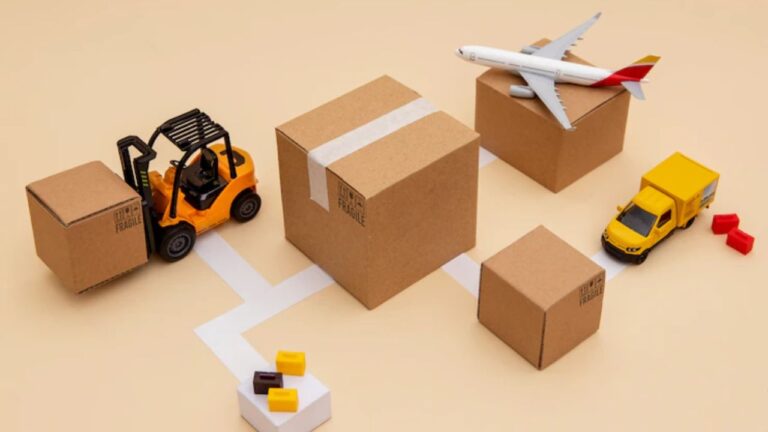If you run an eCommerce business thru Amazon, you know product returns are an inconvenient part of doing an online business.
Did you know that thirty percent of customers intentionally order more items than they need with the idea that they’ll return the excess?
That can pose a real return rate issue for retailers. On top of that, sixty percent of retailers are negatively affected by these return items.
You might be thinking, what is causing all these eCommerce returns?
According to a Forrester study, twenty-three percent of customer returns happen because the customer received the wrong item.
Twenty-two percent was because the item received wasn’t as portrayed online, and twenty-three percent was because the item received was damaged.
There’s no certain way to eliminate product returns, but the upside is most of the concerns causing people to return products are preventable.
This post will examine ten ways to reduce returns you receive in your brick-and-mortar stores or online stores.
What Motivates Customers to Return Products?

Understanding your customer is the major goal of any ecommerce business.
Every store owner tries to build a long relationship with their customers, but it gets frustrating when a customer orders a product and returns it after.
Here are some of the reasons why a customer return items happen.
· Bought the wrong item
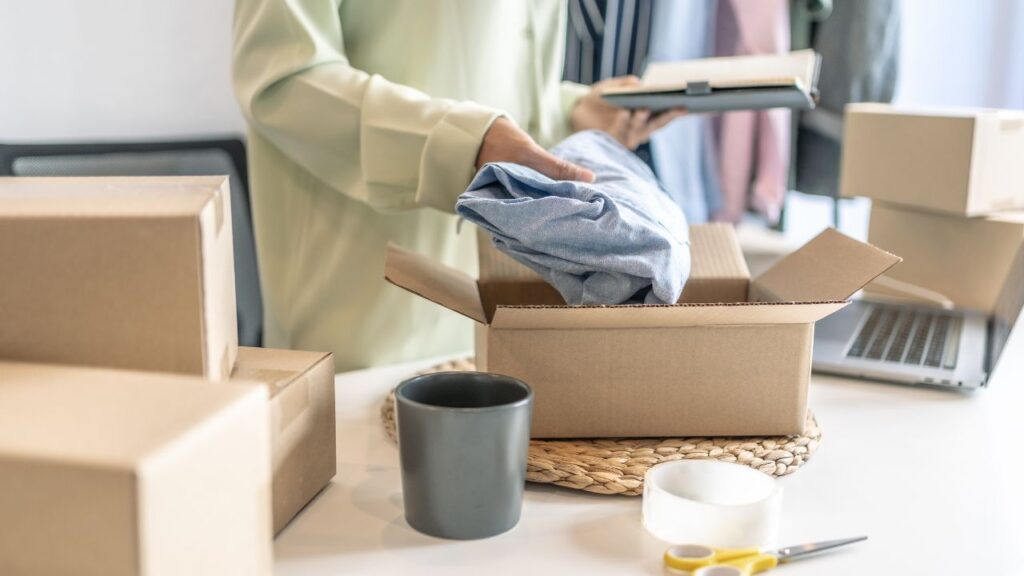
This is a typical reason why customers may return their items. They have probably bought the incorrect item. It might be your fault because you have not mentioned it on the product videos or product page after receiving a customer response.
· You shipped the wrong size or product

If you do not have good selling partners, it’s typically where the sellers might have shipped the wrong size.
Ensure you are packing the correct item and for the right customers. Try to provide a good sizing chart for your customers to prevent returns.
· Late shipment
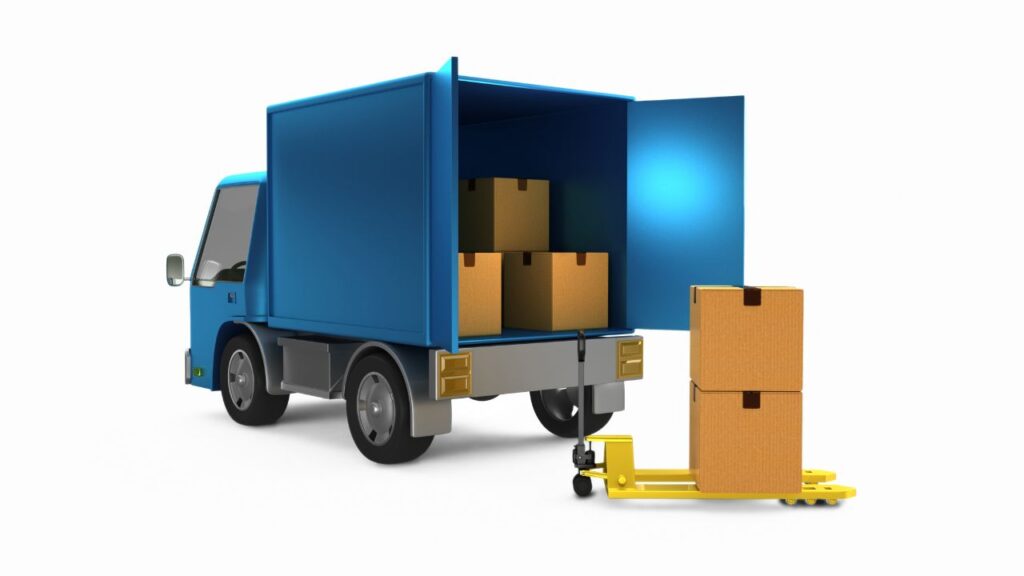
Give the proper delivery estimates on your website. If the product takes time to reach most customers, mention it on your website.
Tell your customers that it may take 2 or 3 days for the actual delivery time or longer, especially during the holiday season.
How to Reduce Returns on Amazon? 10 Ways You Need to Know

Even if it doesn’t seem favorable to third-party sellers, you should understand your customers’ concerns about online shopping to prevent returns.
It will help if you search for efficient methods to minimize return rate to help you maintain a great reputation and satisfy your customers.
1. Understand the Amazon return policy

Nearly a third of customers engaged and preferred a hassle-free, no-questions return policy. At least half of all shoppers prevent retailers with stingy return policies.
Both of those figures underscore why Amazon enforces simple returns on FBA orders and makes them a part of its culture.
A great returns process or return policy sets the tone for a positive customer experience and great customer retention. It helps to establish trust when customers cannot touch or see your products before buying.
While the unit of the economics of providing free returns may vary from one business to another, you’ll like to bear in mind that Amazon heavily supports free returns. Y
our chances of winning the Buy Box or ranking above your competitors could be influenced by the kind of return policy you provide.
2. Make sure that your item is listed correctly on Amazon
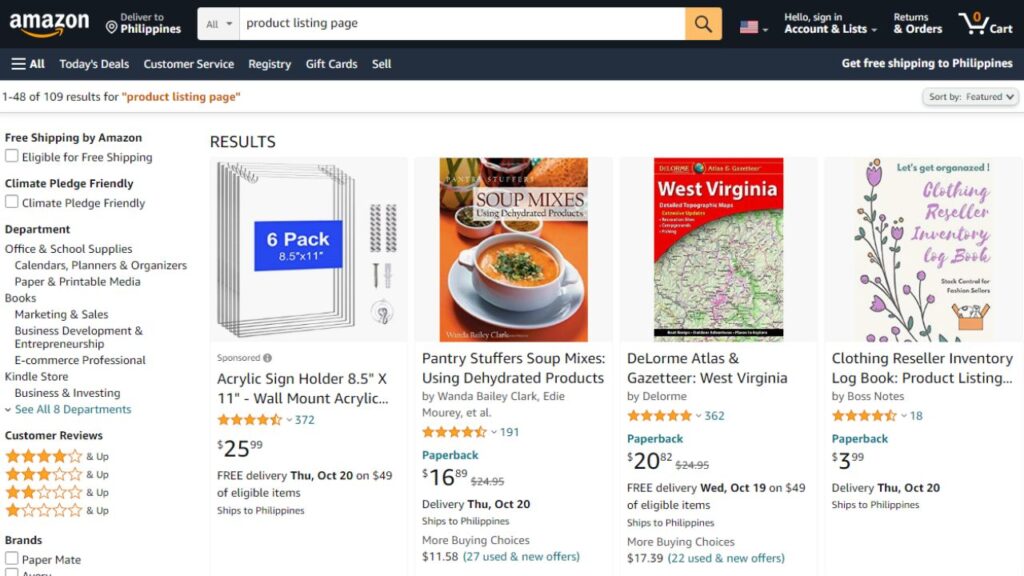
One of the most typical causes for Amazon or Shopify returns involves the dreaded “product not as described” problem. In the ecommerce store space, this can be a recurring problem.
Customers cannot touch products. They are forced to look at spec sheets and pictures.
Because of that, it’s essential to have a product detail page and describe the same product, so your customers are clear on what to expect when they buy an item.
How can you improve your product descriptions? Here are a few tips:
– Use high-quality photos
You’ll wish to ensure your images are high-resolution, taken from multiple angles, and show things like the product’s color. If that feels beyond your capabilities, consider hiring a pro photographer.
The money spent getting great images will pay for itself with a lower return rate.
– Improve your product descriptions
Images are just half of the battle. You also like to ensure your written product pages are accurate and have all the relevant details customers might wish to know. Make sure you include options, dimensions, and other pertinent details there.
The more customer data you can present, the more likely you prevent customers from leaving comments about incorrect information or misleading advertisements.
Offering precise details will also make you dependable as an Amazon seller, impacting the customers to buy again or stopping any return process from happening out of whim.
3. Double-check you have provided all of the necessary parts and pieces
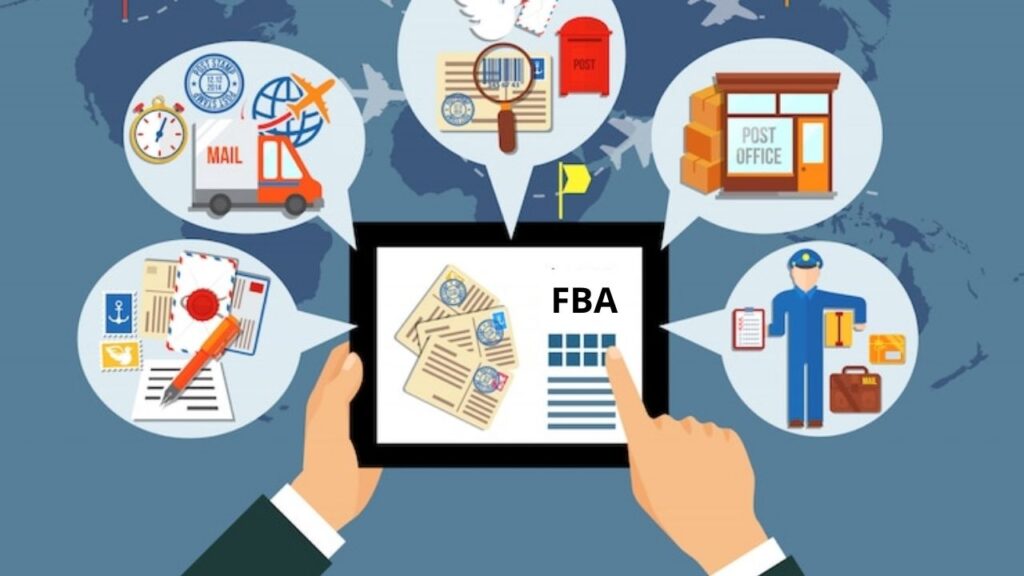
If you fulfill through FBA, you need to ensure you only send products in mint condition to FBA. You should avoid borderline sourcing items.
Even if you believe that a tiny scratch or defect on the box is not a huge deal, stop sending that product to FBA because there is a good chance that your customers will actually care.
Cheap or ripped packaging, particularly high-ticket and luxury items, doesn’t send a good message to your customers.
Therefore, you wish to double-check your products carefully. You might also wish to consider making a replacement agreement with your supplier if you see defective products during the inspection.
At the end of the day, your return rate is not the only thing on the line here. Your overall feedback score and brand reputation are at risk if your products are constantly in questionable condition.
4. Test your items before shipping them to your customers

Do not rush to sell new products and ship them to your customers. Even if there is pressure to be the first on the market with the hottest new product, you must approach products carefully.
Indeed, product testing will cost you money. But if we are honest, it is the best money you will spend on your business. Always do quality control on your products.
Product testing helps you weed out subpar suppliers, so you work with someone great from the beginning.
After all, a supplier’s products might look great online, but once you see them in person, you might think their products are only junk.
5. Check the item for damage before you ship it back

Reducing returns can be prevented. Another way of managing returns is to check the item for damages. Packages do get damaged, and items are broken while in the shipping process. As many as one in ten packages sustains damage in transit.
While you can’t control whether a shipper handles a package accordingly, you can control how you respond to that incident.
Amazon will often accept the returned products provided if it was not open and are still in new condition.
They do that to safeguard your seller account. Thus, when you get a returns process notification from the returns portal, ensure you examine the products even when it falls under a refund without a return policy.
That will allow you to determine whether or not the products have any defects. You can also report the customer by presenting all proofs to Amazon if the items are genuine.
6. Respond to customer complaints quickly and politely

Another good way to reduce returns, simplify the return process and improve customer experience is by heading off a potential customer return before the process is started.
You can accomplish that goal by responding to custom complaints and offering real-time support. Check your customer database and start from there.
Frequently, eCommerce returns occur because the customer assumes there is an issue that is not an issue at all.
They may not know how to assemble something and think it is damaged, a wrong product, or missing parts.
Real-time support means you can prevent and reduce returns by just replacing the item without a return or by considering processing refunds.
Taking that step a little further, most companies in the apparel industry process refunds and offer a full refund through store credit.
It also prevents returns and ensures the customer will spend money with you. Having a person who manages customer satisfaction can make this option more viable.
7. Package the item correctly, so it doesn’t get damaged in transit
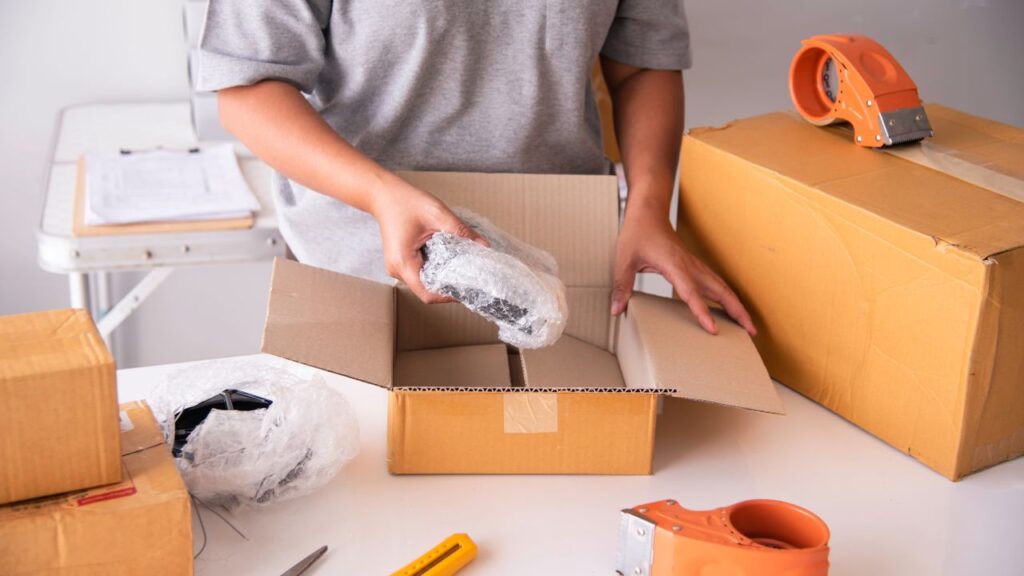
We have already mentioned how often a customer requests a return because the item arrives in a damaged condition.
You can head that issue off by ensuring the packaging is up to the task of surviving the whole shipping process.
Remember that packaging is a place where other sellers are cutting costs and saving shipping costs. That’s a complete mistake.
Once your product leaves the shipping center or warehouse, things might be out of your hands.
But you can work to avoid unnecessary problems by ensuring you are going above and beyond with your packaging.
Choose sturdy boxes and ensure the product is packed securely inside the envelope or box. Don’t skimp on shipping materials. Everything makes sense here.
8. Elevate the value of customer reviews

One of the perfect ways to minimize the number of eCommerce returns you get is by motivating your online shoppers to leave their feedback and reviews on the products they have purchased.
Amazon is considered a master at this. Consider how many things you have purchased from that giant online business, then consider how many times you have looked at the breakdown of 1-to-5-star ratings and read the most popular negative reviews and positive customer reviews.
One of the cool things about customer reviews is that your potential customers are more likely to trust them than a product description or your own marketing copy.
Also, customers will point out the pros and cons of a certain product, discuss where the descriptions or sizing chart are accurate, and offer honest feedback on the item in question. Encourage customers to do this.
9. Promote exchanges instead of returns
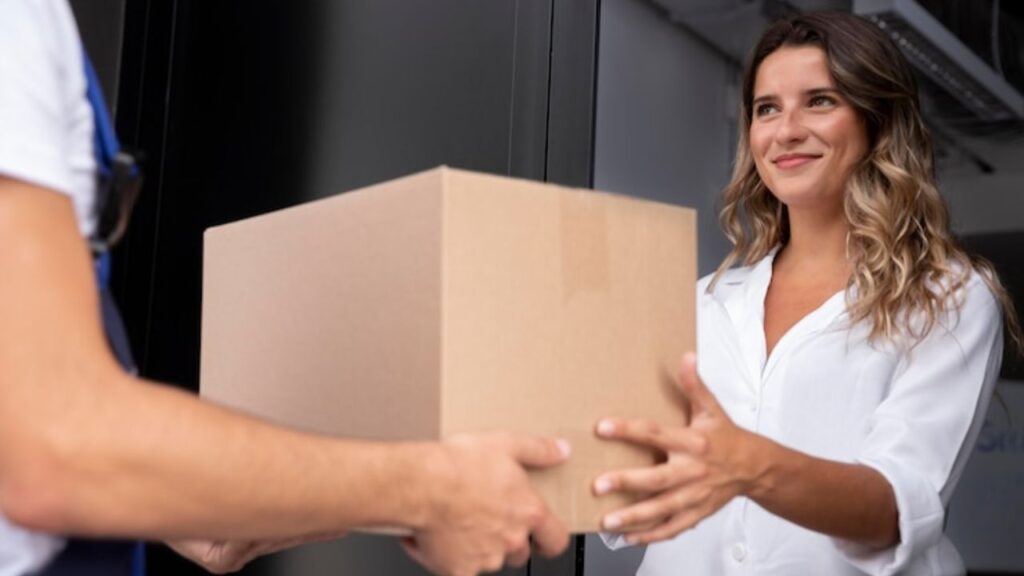
Offering store credit or exchange instead of eCommerce returns will help you determine claims from serial returners.
This kind of policy will support impulse buying and sales without the need for you to manage returns.
As a general rule, you must limit the times a customer can exchange a product so you are not trapped in an endless loop.
10. Make sure you’re returning the correct item
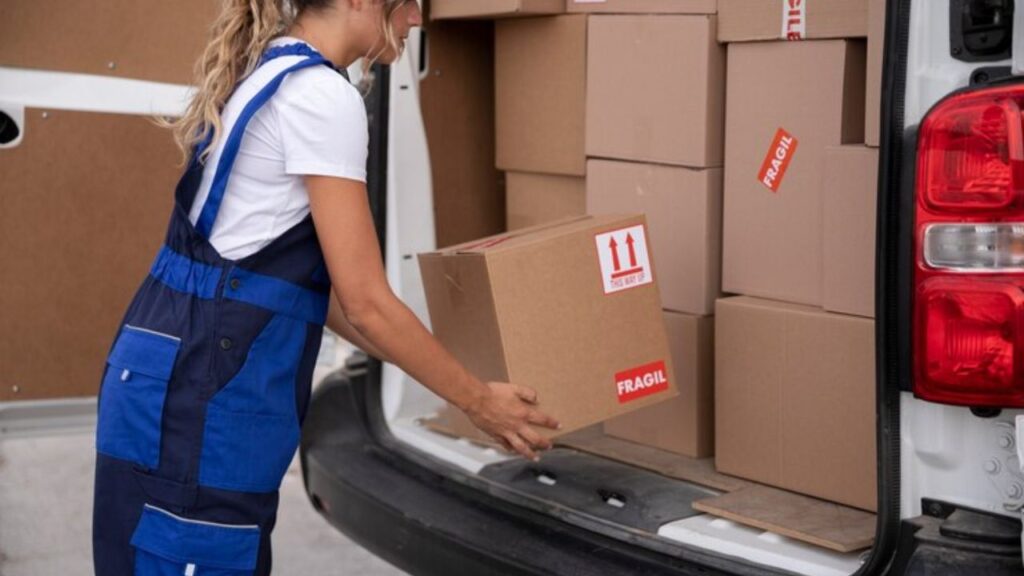
Faulty or low-quality products prompt customers to start the returns process, which often ends up being sold in Amazon return stores.
Because your customers wish to get their money’s worth, they wouldn’t hesitate to return the products, particularly since Amazon provides free return shipping.
A great example is coordinating with your suppliers if you don’t manufacture or make your products. Ensure you check the item packaging, particularly if you have received numerous complaints about broken items during shipment.
Apart from return shipping, you must ask them to be extra strict in their quality control if your customer base gives negative feedback about the quality of your products.
Afterward, it will help if you ask your suppliers to enhance the packaging to prevent the eCommerce returns process and enhance your overall customer experience and customer expectations.
They must be strict in their quality control to sustain a good reputation on Amazon and grow their new business.
Final Thoughts
How to reduce returns on Amazon? To sum up, keep in mind that product returns are inevitable. If you sell products, customers will like to send things back. It is part of doing business.
Nonetheless, following the above steps can reduce the returns you get. Each year, returning items cost the supply chain vast sums of money. In most cases, such product returns could have been prevented.
Taking the time to assess why most people are returning their products will offer you valuable insight into where issues are taking place. It is just a matter of fixing such issues to satisfy your customer base.
Further, minimizing the number of return processes you get is in everybody’s best interest. Fewer returns save your good business on replacement items and transportation costs and help establish trust between your business and potential customers.
Lowering your customers’ return is not a monumental undertaking. Many of those steps could be applied with little change or effort.
The effort is always worth it. Also, keeping your return rate low is good for the business.
If you wish to work with a reputable supplier and FBA freight forwarder in China, DFH Global Logistics is available to attend to your needs.




